Creating magic on screen
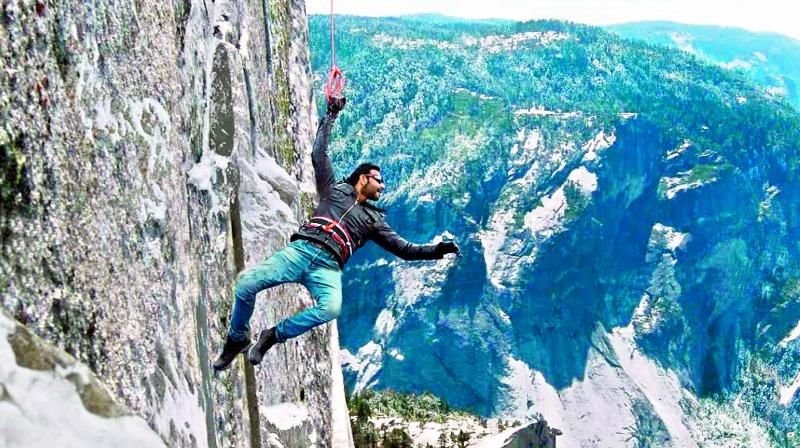
Everyone loves the primal urge to see magic happen before their eyes; for experiencing the drama of enhanced reality; for crawling back into mum’s lap and imagining those fairy tales come alive; for satisfying the urges of the “deep mind” as it asks questions which have no answers: Are we alone in the Universe? What is this mighty power out there? Is it good or evil?
At this level of fantasy, time stands still. You might have been a cave boy making fairies of dancing fireflies or you might be rocking in a 5D chair, in a surround world of sound and flowing vision — you’ve reached the still point of the turning world, you’ve touched the heart of the child within. The rest is dizzy tech and endless creativity.
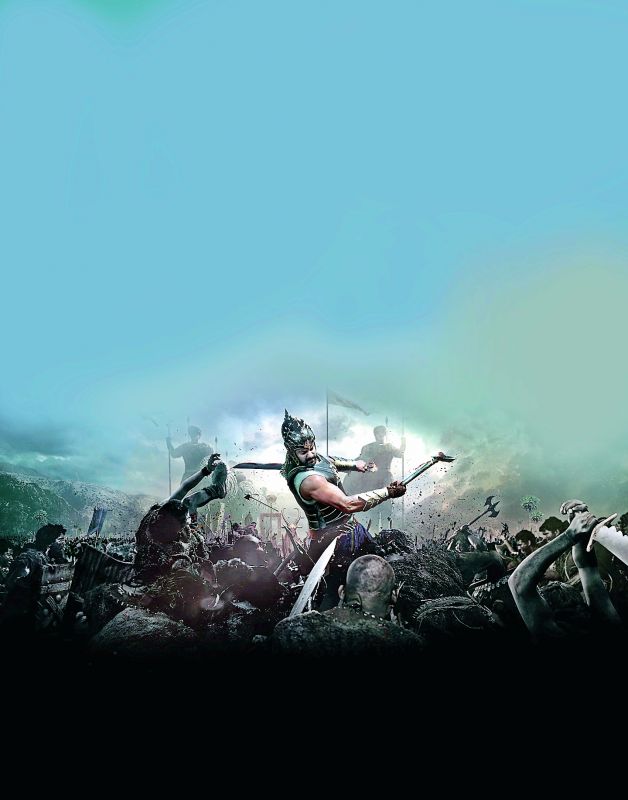 Epic proportions: S.S. Rajamouli’s Baahubali was praised for raising the level of VFX in the Indian film industry.
Epic proportions: S.S. Rajamouli’s Baahubali was praised for raising the level of VFX in the Indian film industry.
The first SFX movie was probably the Ramayana, written by Valmiki more than 4,000 years ago. Yes, it was a movie.
The screen was your mind the projector was your imagination and you were the audience. Since then your ancestors got hooked and generations of SFX addicts rewrote chunks of your DNA and here you are — a full blown addict.
You want to visit a shooting floor? See a shooting? Well, there’s nothing much to see.
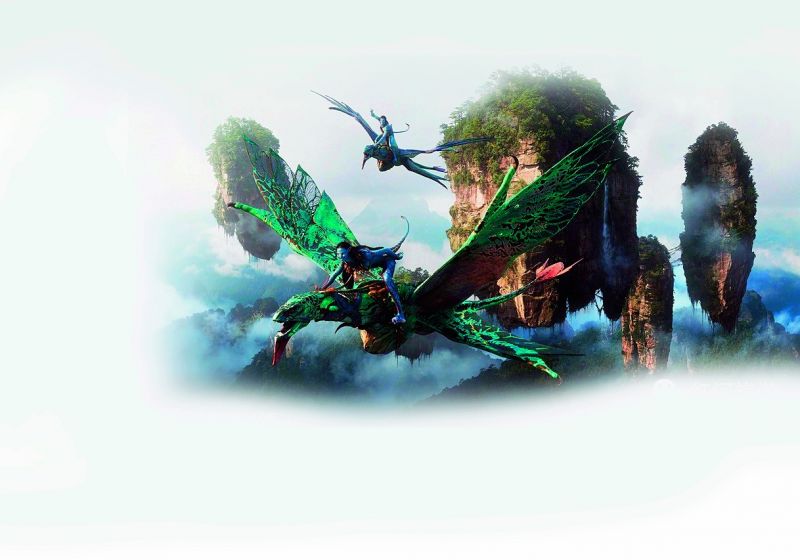 Avatar: James Cameron’s Avatar was a visual masterpiece, with computer generated effects in just about every frame.
Avatar: James Cameron’s Avatar was a visual masterpiece, with computer generated effects in just about every frame.
But you might see this: A body double in a harness climbing up a fibreglass rock surface. The real hero is probably lounging by the side, checking his Facebook. Someone is pouring water on the double’s head from above. A motion control camera is recording every movement precisely. Teams of techies are huddling before monitors. The director yells “cut” and they start all over again.
Watching any special effects shoot can quickly turn into the most boring and tiresome experience of your life. Because there’s nothing to see, really. All the yummy stuff is still in the computer or the director’s head.
Of course a month later a whole new reality will emerge. The body double will be replaced by the hero. The fibreglass rock will become a part of a huge mountain. The water being poured on him will merge with a giant waterfall. Suddenly we are part of an awesome love song, we are imprinting memories of amazing beauty that will surely resurface in our dreams. That’s how the great movies, the Baahubalis and Shivaays of today are made. That’s how glaciers break into pieces while the hero jumps and swings into action, saves damsel, wins the day and busts the box office.
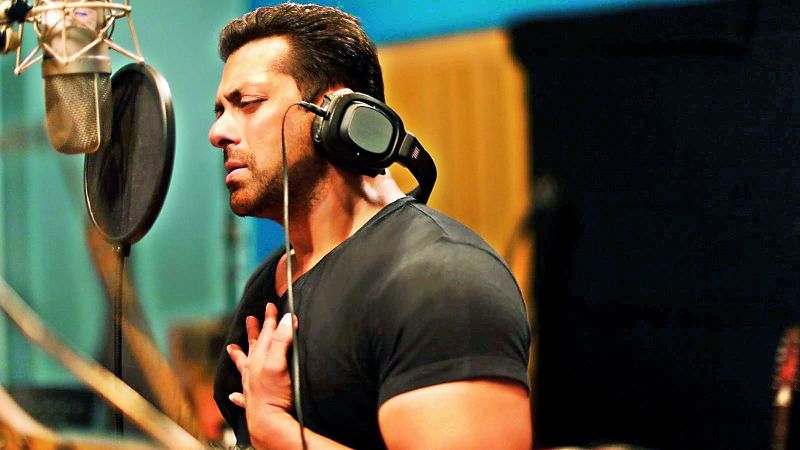 Hero: Salman Khan sang the title track Main Hoon Hero Tera from the film Hero, which was said to be heavily edited to keep his voice in tune.
Hero: Salman Khan sang the title track Main Hoon Hero Tera from the film Hero, which was said to be heavily edited to keep his voice in tune.
My favourites are the space genres. Gravity is still number one for me; I can endlessly watch this drama amidst nothingness, where empty space becomes a faceless villain — a tale of courage in the face of certain death, a strange world of silence and zero gravity.
Bollywood SFX in the nineties wasn’t so boring. I remember making 16 December, which was later nominated for a Screen SFX award. I needed to make actors Danny Denzongpa and Gulshan Grover 35 years younger. The software for digital plastic surgery wasn’t available so we decided to do it ourselves, frame by painful frame. Danny just gave the shot as he was, aged 60 or so, and a week later he saw himself as he looked when he was 25. We were in a world that was 95 per cent real. Yet the five per cent that was unreal was magical. It took your breath away.
Today the penetration of tech in movie making is awesome... trending all the way to amazing.
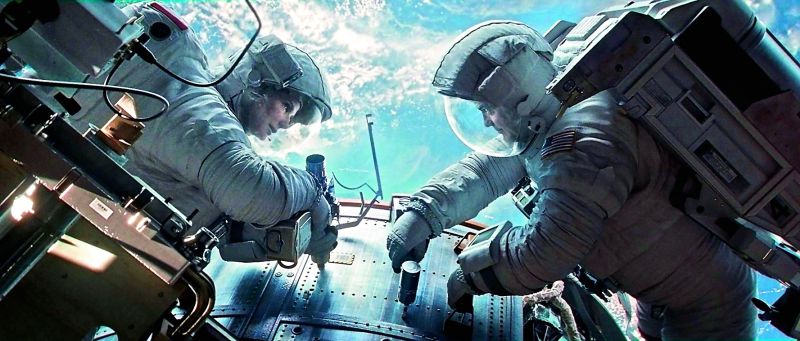 Gravity: Gravity, that was directed by Alfonso Cuarón, was set almost entirely in space. The movie, whose visual effects were critically and commercially acclaimed, went on to win multiple Oscar awards, including Best Picture and Best Visual Effects.
Gravity: Gravity, that was directed by Alfonso Cuarón, was set almost entirely in space. The movie, whose visual effects were critically and commercially acclaimed, went on to win multiple Oscar awards, including Best Picture and Best Visual Effects.
Just look at Rishi Kapoor in Kapoor And Sons. That impossible look was made possible by a clutch of cute tech that can transform an actor into anything and anyone he wants to be. Enter facial reconstruction-check out Sushant in M.S. Dhoni how amazing!
Enter full head replacement (won’t name the movies, it’s too embarrassing) where body double does the fighting while actor does the emoting without ever doing a single action — and has the double’s head replaced by his own, quietly. Shh!
 Kapoor and Sons: Bollywood actor Rishi Kapoor was virtually unrecognisable in the film Kapoor and Sons, thanks to the coming together of, both physical and digital make-up artists.
Kapoor and Sons: Bollywood actor Rishi Kapoor was virtually unrecognisable in the film Kapoor and Sons, thanks to the coming together of, both physical and digital make-up artists.
Now, there’s full digital resurrection — actors can actually sit at home and call the shots, and send their digital double to the location while they relax by the spa.
I did a full digital resurrection recently — it’s hard work and takes months, but the result just blows you away.
Of course, if an actors tummy sticks out embarrassingly, if their eye bags drop after a weekend binge, they just call the digital surgeon to do a nip here, a tuck there. No problemo.
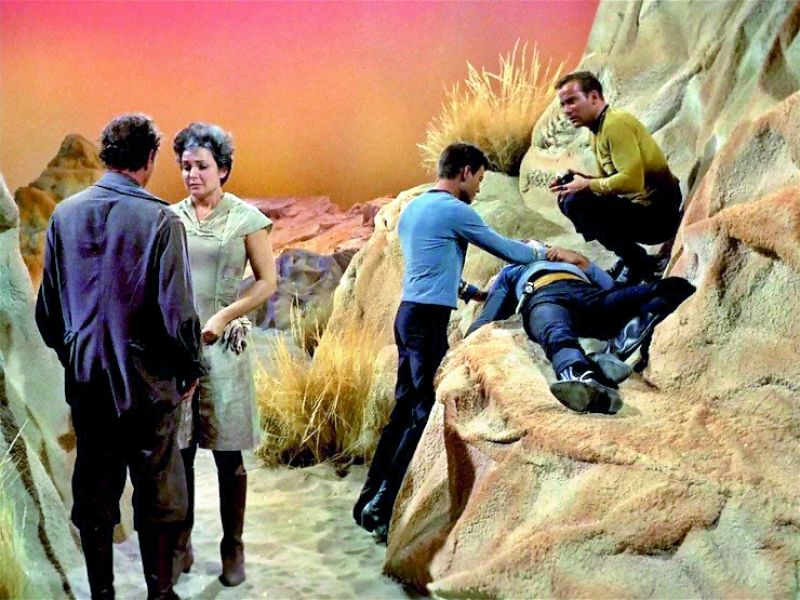 Star Trek: When Star Trek first debuted as a television show in the 1960s, it primarily used physical effects.
Star Trek: When Star Trek first debuted as a television show in the 1960s, it primarily used physical effects.
Does the actor want to sing? Of course. Does he know how to sing? Of course not. With pitch blending, all kinds of voice manipulation is easy. Even an awful ‘besur’ voice can be made to sound almost pro. God, where are we heading?
The first Star Trek was around 70 per cent real 30 per cent enhanced — on a frame calculation basis. Today’s SFX movies are maybe 20 per cent real, 80 per cent computer created. Sure, there are movies that are 95 per cent cyber pixels Avatar still hovers like a quad copter in my head. Almost the whole movie was made in computers with inputs from actors who were never seen during most of the movie. How amazing is that?
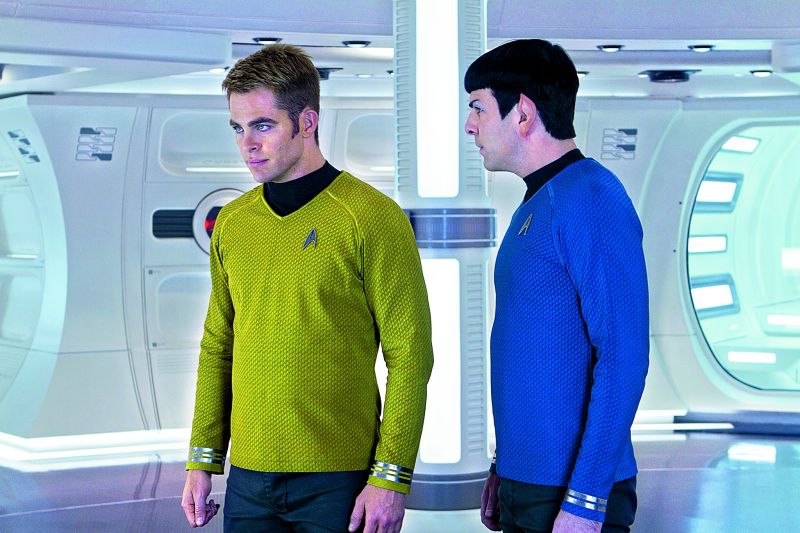 It’s movie reboot franchise, includes a lot of CGI effects.
It’s movie reboot franchise, includes a lot of CGI effects.
Art direction has changed amazingly too. For 16 December, when we needed an underground command centre for the Indian Army we just built a set in a studio. Today, nobody builds a full set in a studio. They just make parts of it — the rest is enhanced, built by hundreds of machines, pixel by pixel. A zillion new technologies have quietly taken over the effects world, stuff directors routinely use without a second thought.
Someone smart once said, “Technology is a dumb b***h, stick to good story-telling.” That’s actually true. At the soul of every story must lie the heart of the viewer. When the imagination has finished its wandering in the fantasy world, it surely descends into emotions and feelings, and into the soft arms of a well laid out story. SFX, for all its magic, can only take you up to a point. It can raise your heart beat but it cannot open your heart. It can excite but cannot fulfil.
I just finished making a glossy ad film. Hey, I need some steam rising from the bamboo chicken just as it’s being rolled out from the smoking bamboo. I yell to my SFX team, they chuckle. Steams ready and in place. The colourist is tweaking the palette even as I shoot. I check the shot. My taste buds tingle and mouth waters. I watch swirls of non existing vapour rising from the sizzling chucks of golden brown roasted chicken. It’s all make believe, sure, but who cares? I trust my senses more than my head. That’s the way we’ve always been, haven’t we?
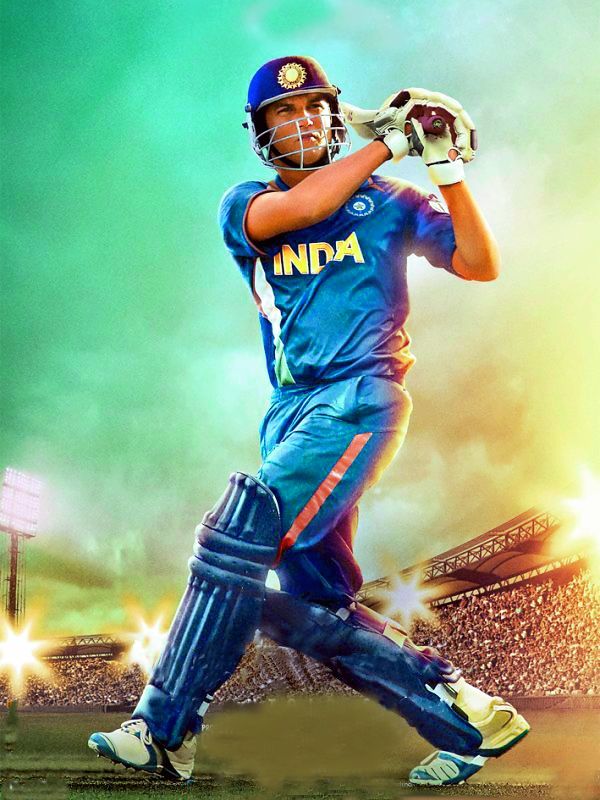 M.S. Dhoni: Even cricketer M.S. Dhoni’s biopic had Sushant Singh Rajput’s face super-imposed into scenes that originally featured Dhoni himself.
M.S. Dhoni: Even cricketer M.S. Dhoni’s biopic had Sushant Singh Rajput’s face super-imposed into scenes that originally featured Dhoni himself.
Changing the sound of music itself
Thaman, Music director
It’s tough to imagine how life was for a musician a decade ago. Technology is the fastest changing aspect of music and is influencing the way music is made. From fantastic editing possibilities to pitch correction, music production has become easy for technicians like us.
For example, we have auto tuning which can correct a singer’s bad notes and wavering pitch. With several mass songs, there’s a possibility that the singer would need to hold a note for very long and change the range multiple times. While that’s the singer’s job, there could be a bad day when things just go off a bit, and that’s when we use this software called Melodyne — a powerful editor which can change the pitch to the way we need it.
Also, when we rope in untrained singers like actors, there’s a possibility that they miss out on the technicalities. In such cases, we can enhance their vocals and make it smooth on the ears!
‘Can create everything out of nothing’
Pete Draper, Founder, Makuta
The main purpose of visual technology is to assist filmmaking and not replace it. It comes in handy, especially in situations where impracticality is involved. For instance, a film might need a very vast set which would be cost and labour-intensive. It is practical to create a set digitally as opposed to creating one physically, to save time and reduce labour.
If you look at the war sequence in Baahubali, you can see a huge army. But on the shoot location, there would be just a few hundred people. With visual graphics, it’s possible to make it seem like there are thousands of people. Another instance would be a stunt double running and then turning to look at the camera. We can replace his face with that of the actor’s. Removing an unwanted extra or doing away with wires are just a few things we can do. We can create everything out of nothing by adding a backdrop, correcting errors that can affect the experience of the film as a whole — the list goes on. The most important rule of VFX, however, is that viewers should not know it’s graphics at all!

